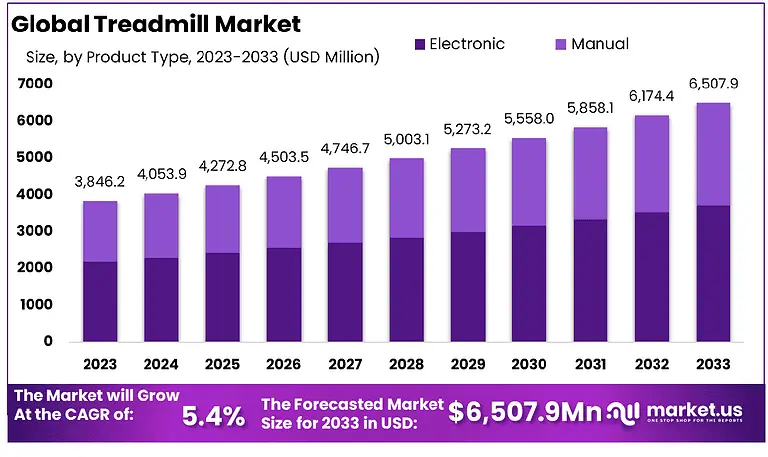Global Tensions, Local Price Tags
If you’ve noticed a jump in fitness equipment prices lately, you’re not imagining things. Behind the scenes, a web of international trade disputes is quietly reshaping how fitness gear gets made—and how much it costs.
In recent years, tariffs on imported fitness equipment—especially those manufactured in China—have surged. These import taxes are designed to protect domestic manufacturers but come at a price: increased costs for producers, distributors, and ultimately, consumers.
According to AP News and Athletic Business, the fitness industry is feeling the ripple effects hard. With many equipment components and entire machines produced overseas, especially in Asia, the financial burden of these tariffs is being passed down the chain.
Behind the Curtain: How Tariffs Affect the Industry
Tariffs don’t just mean higher sticker prices. They create uncertainty. Manufacturers are faced with unpredictable costs, disrupted timelines, and sudden shortages. Sourcing materials and components from new suppliers takes time—and often results in less efficient production processes or compromises in product selection.
This forces brands to make tough choices: raise prices, delay restocks, or cut back on product lines. For smaller businesses, the impact is even more pronounced. Limited buying power and tighter margins leave little room to absorb these extra costs.
What This Means for Consumers
You might walk into a gym equipment store or browse online and notice:
- Fewer options in stock
- Longer delivery times
- Higher prices than just a year ago
These aren’t just supply chain hiccups. They’re the result of ongoing trade decisions that affect nearly every product on the floor—from ellipticals to adjustable benches.
This new normal calls for more transparency from fitness brands. Buyers need to understand why prices are rising—and that brands aren’t just padding their margins.
Adapting to the Shift: Value-First Mindsets
So how should consumers respond? With a shift in strategy.
Rather than chasing the latest release or high-end brand, look for reliability and long-term value. Opt for companies that communicate clearly about their sourcing and pricing—and who offer affordable, durable equipment without the fluff.
This is also a great time to explore maintenance services or refurbished options. Stretching the lifespan of existing equipment is more valuable than ever in this landscape of inflated costs and limited inventory.
Final Thoughts: A Changing Game
Tariffs may seem like a far-off political issue, but for the fitness industry—and the people who rely on it—they’re already having an impact. Whether you’re an apartment owner outfitting a gym, or a personal trainer shopping for your home studio, it pays to stay informed.
Because in 2025, it’s not just about what you buy. It’s about where it came from—and how much red tape it had to pass through to get there.



